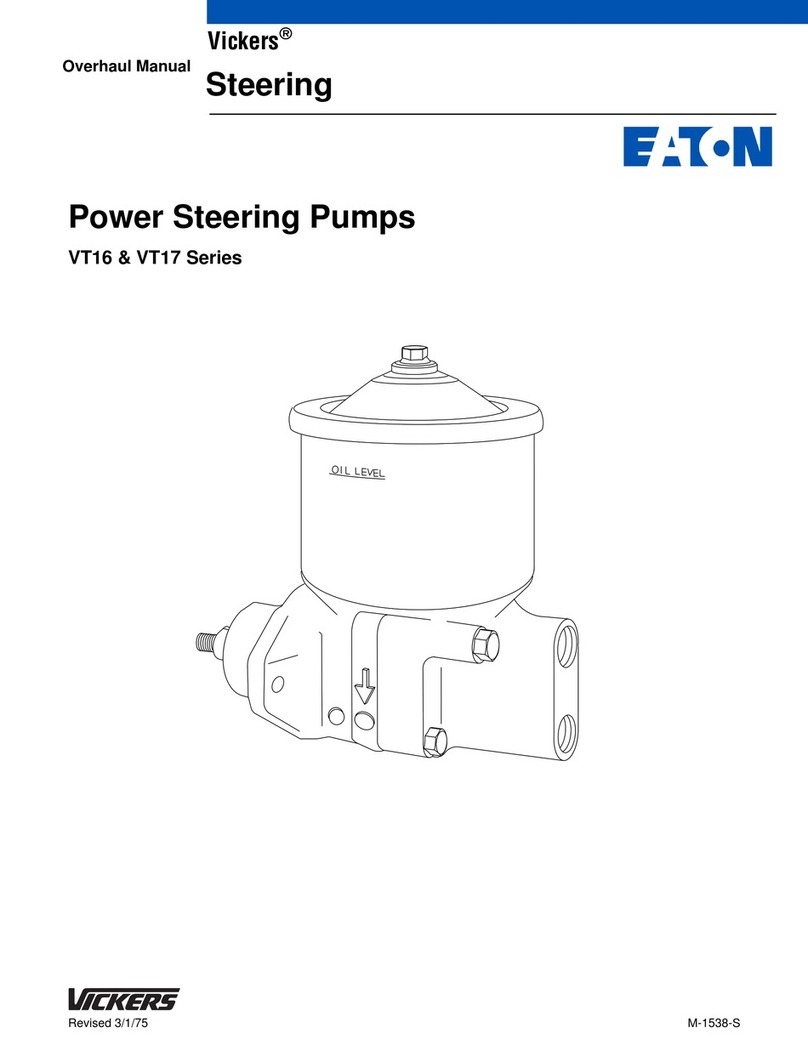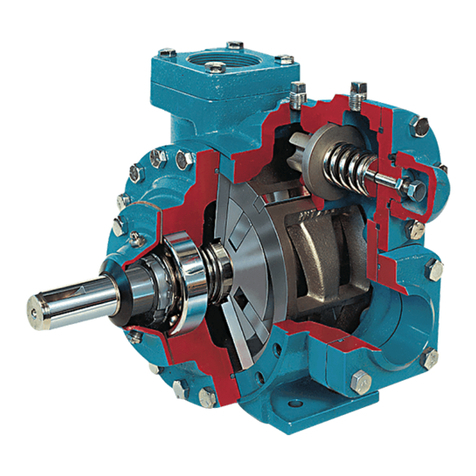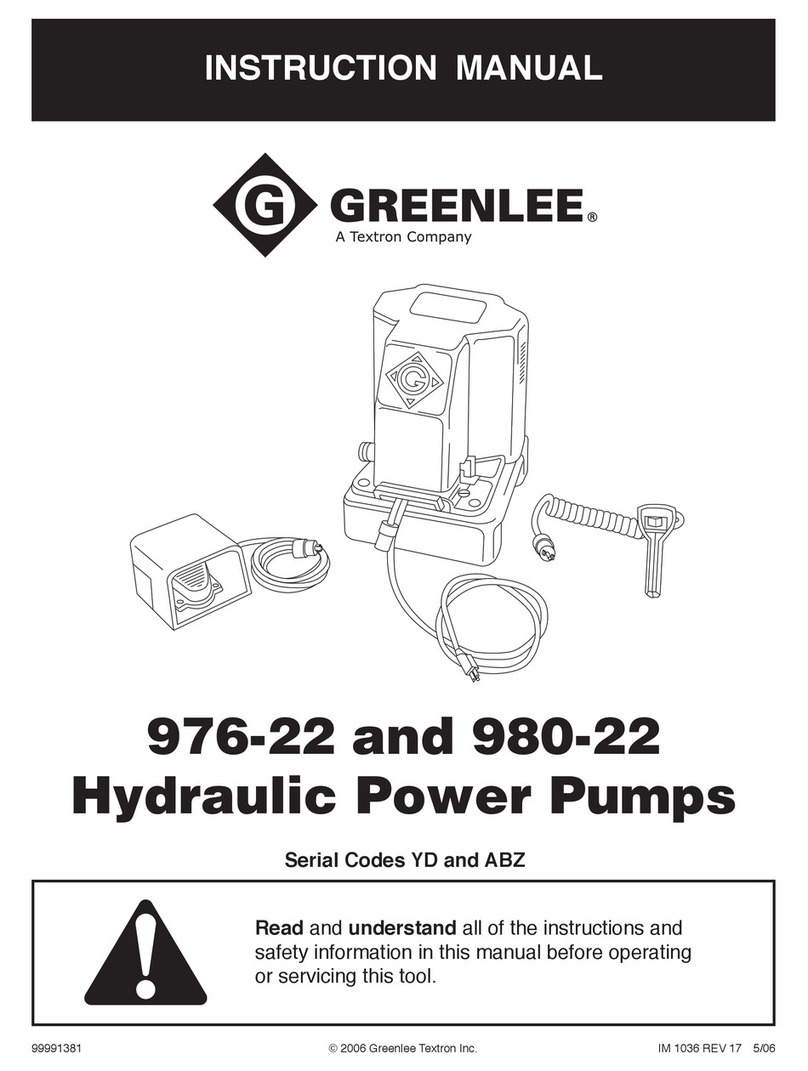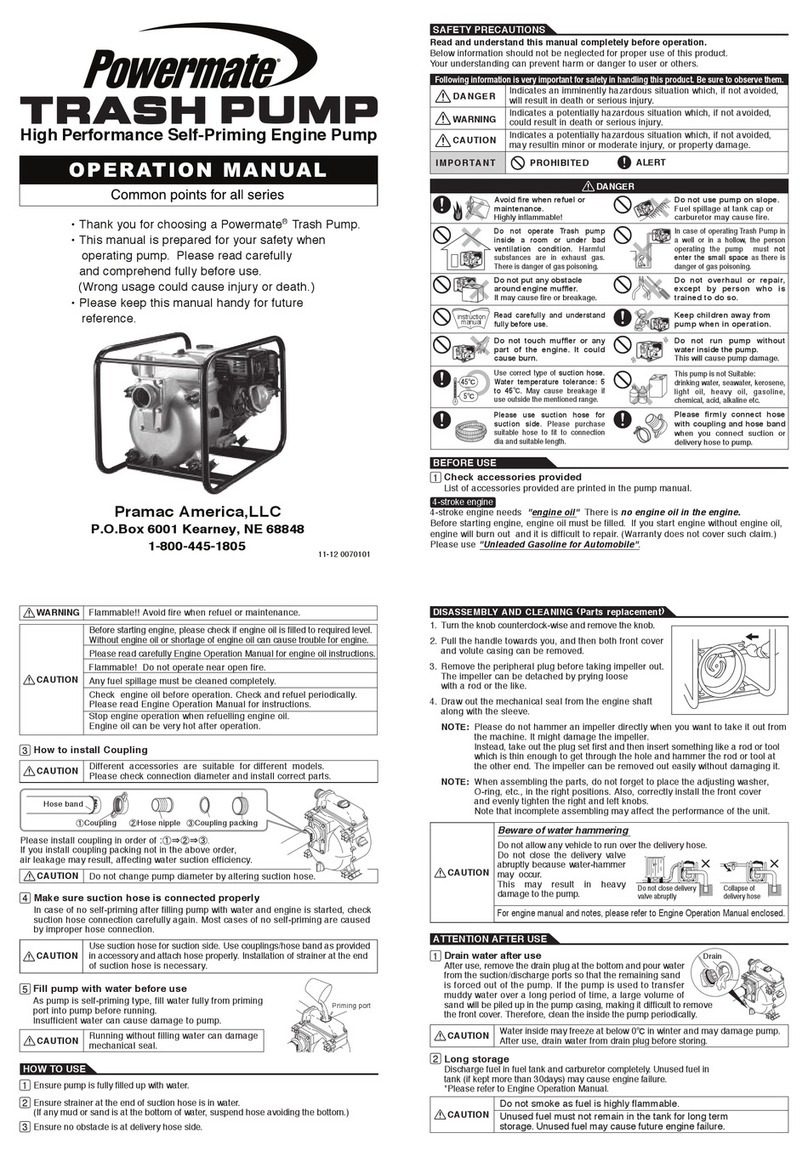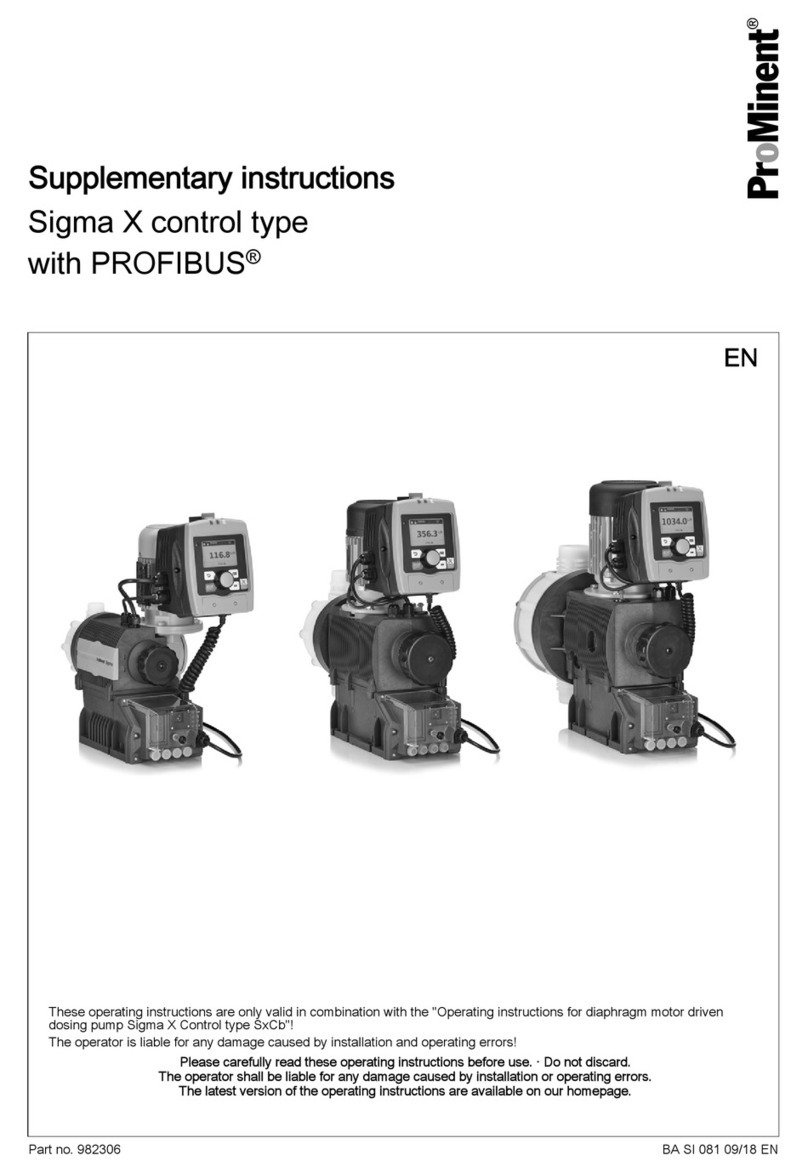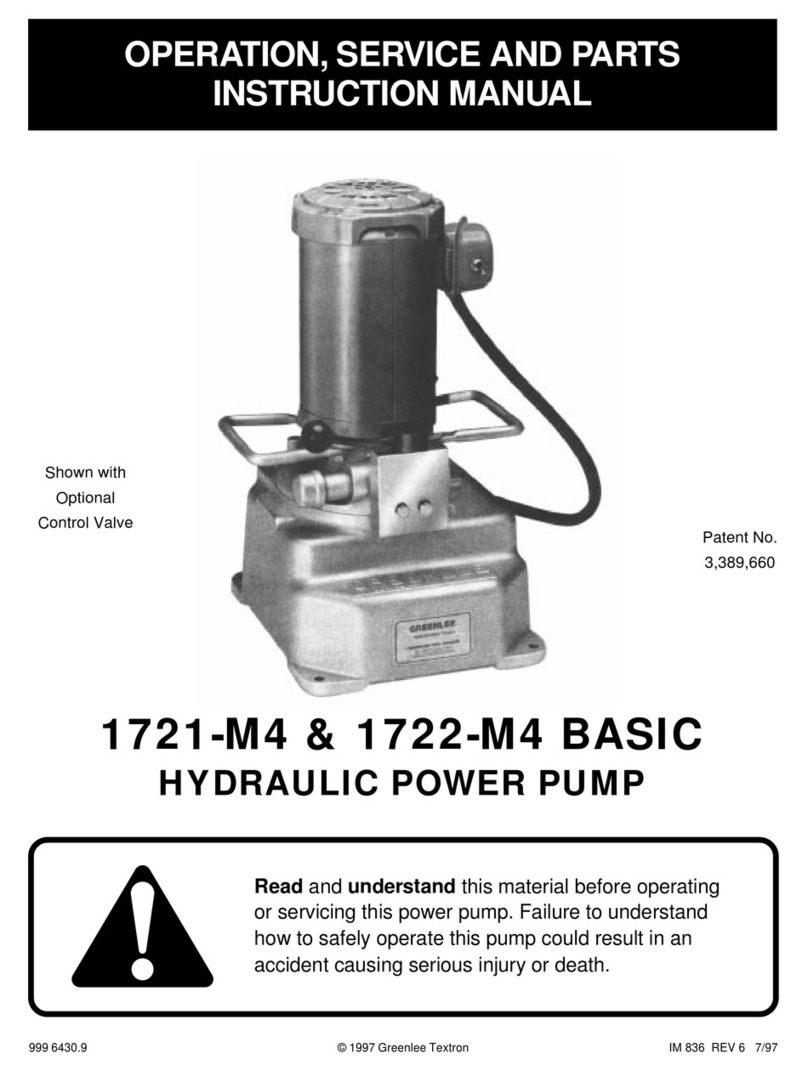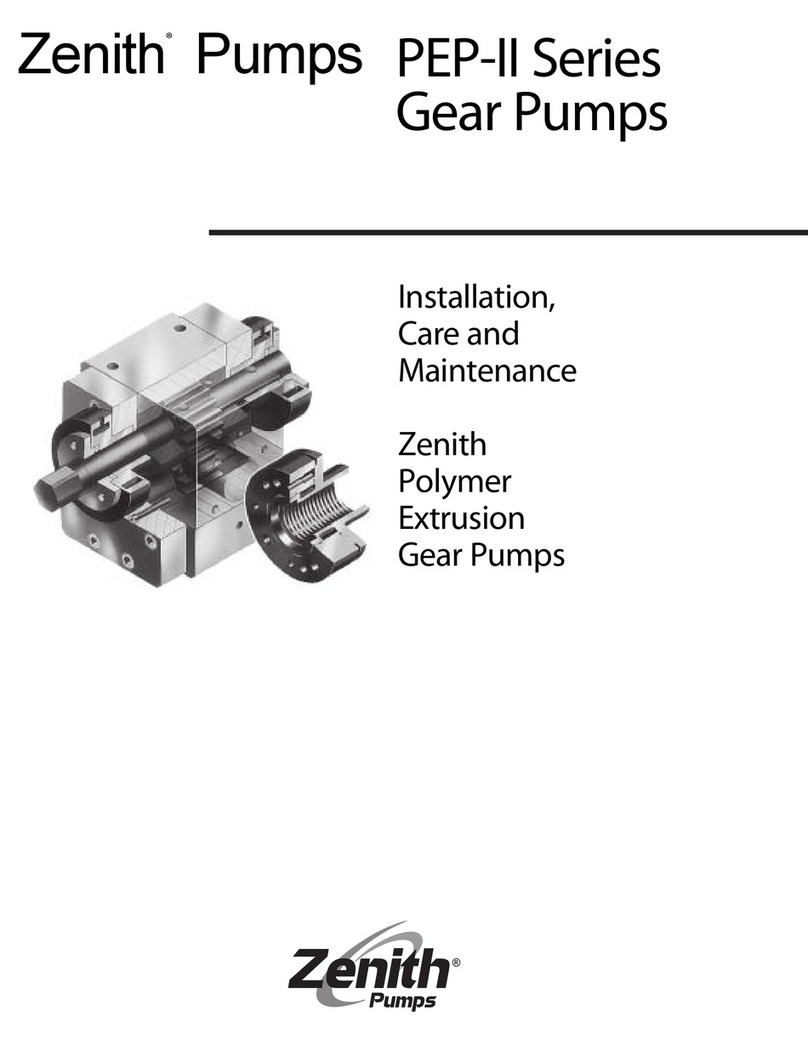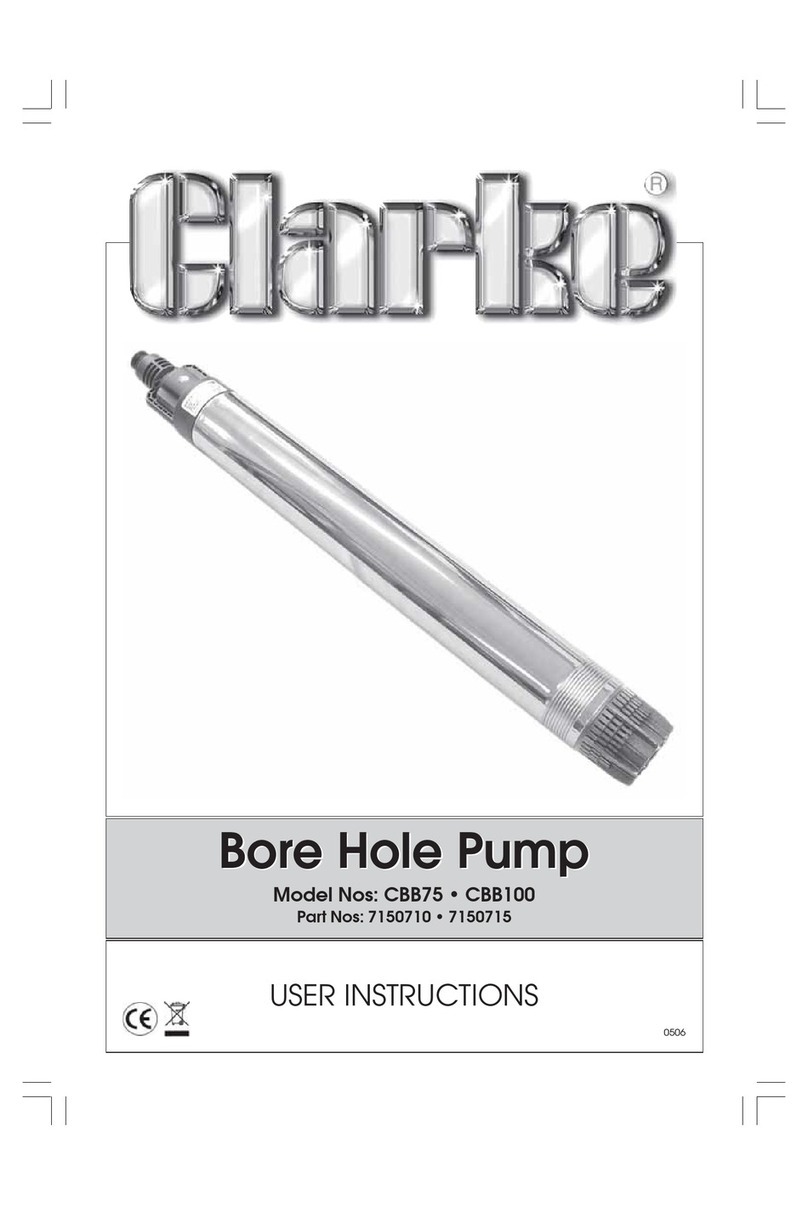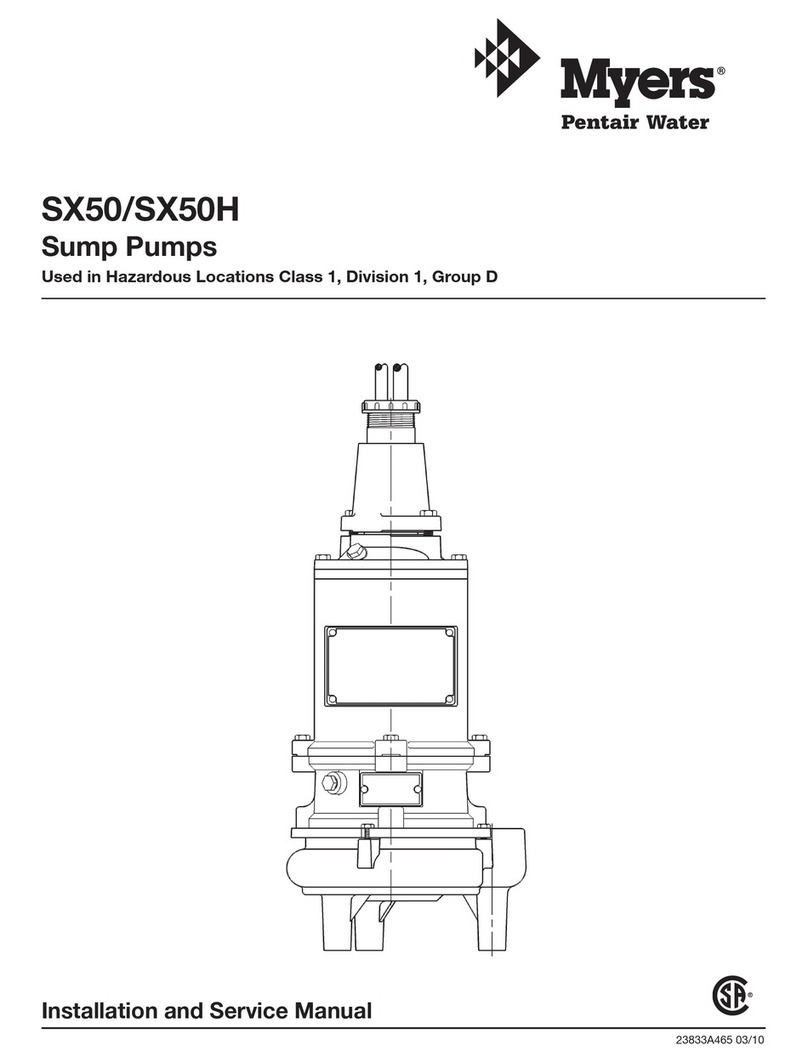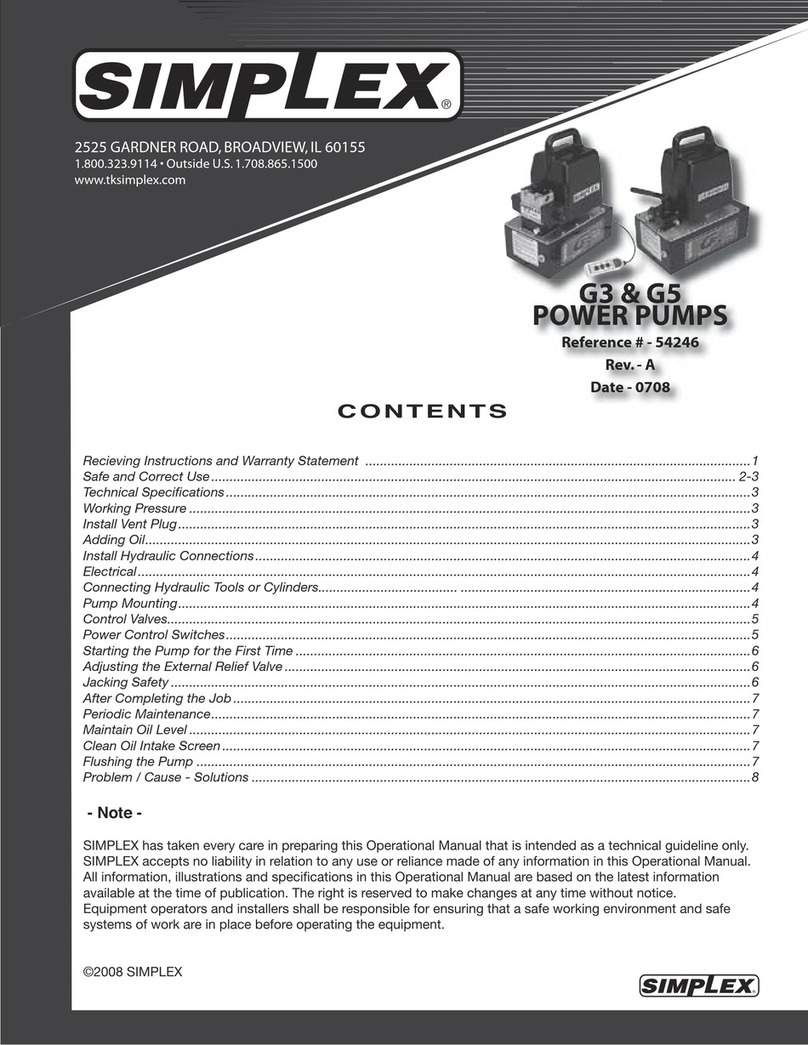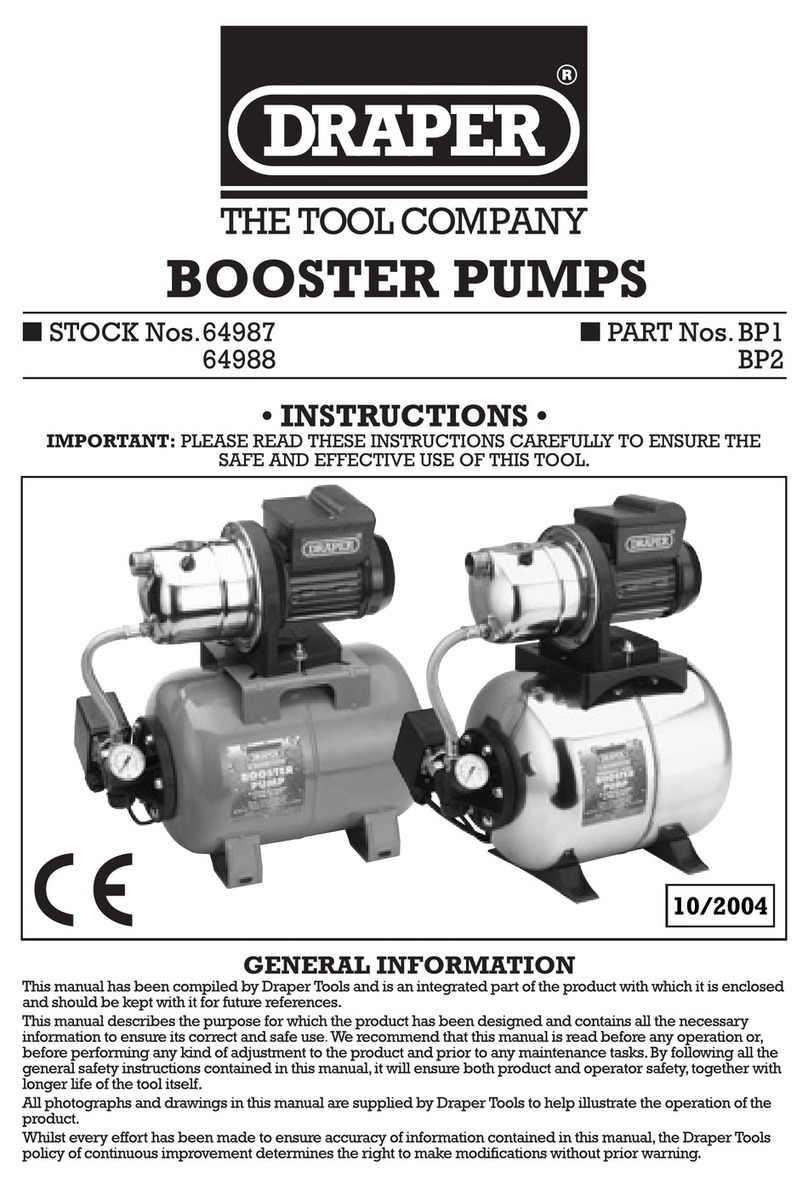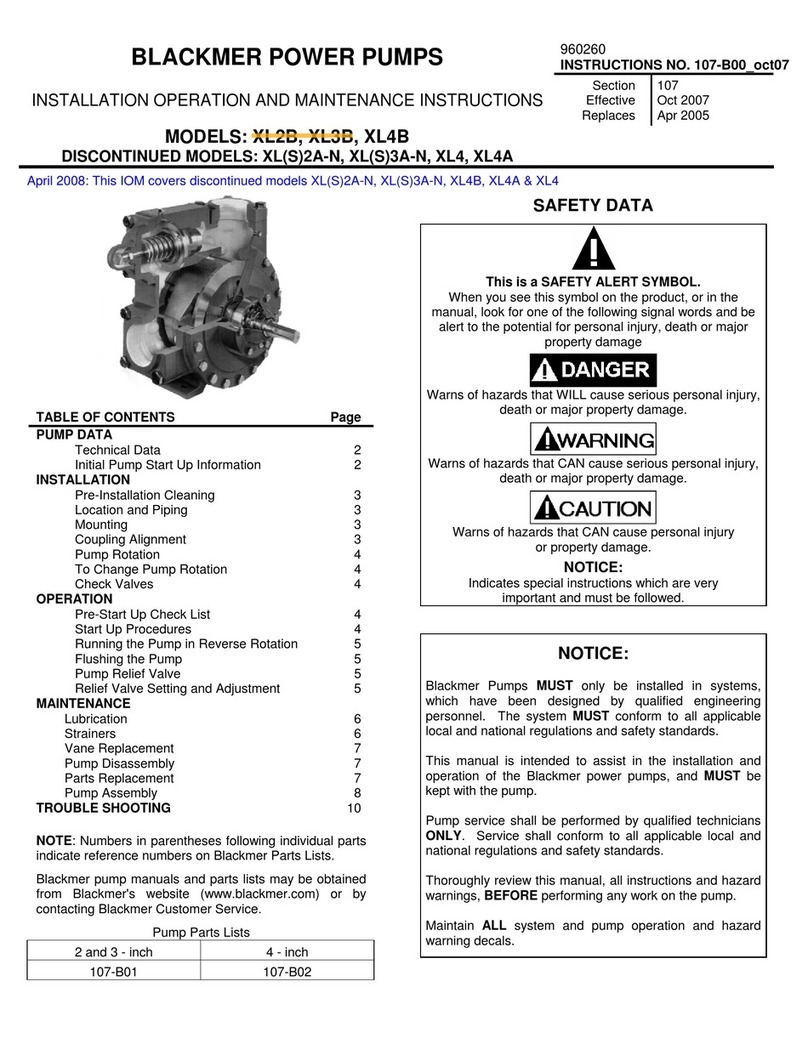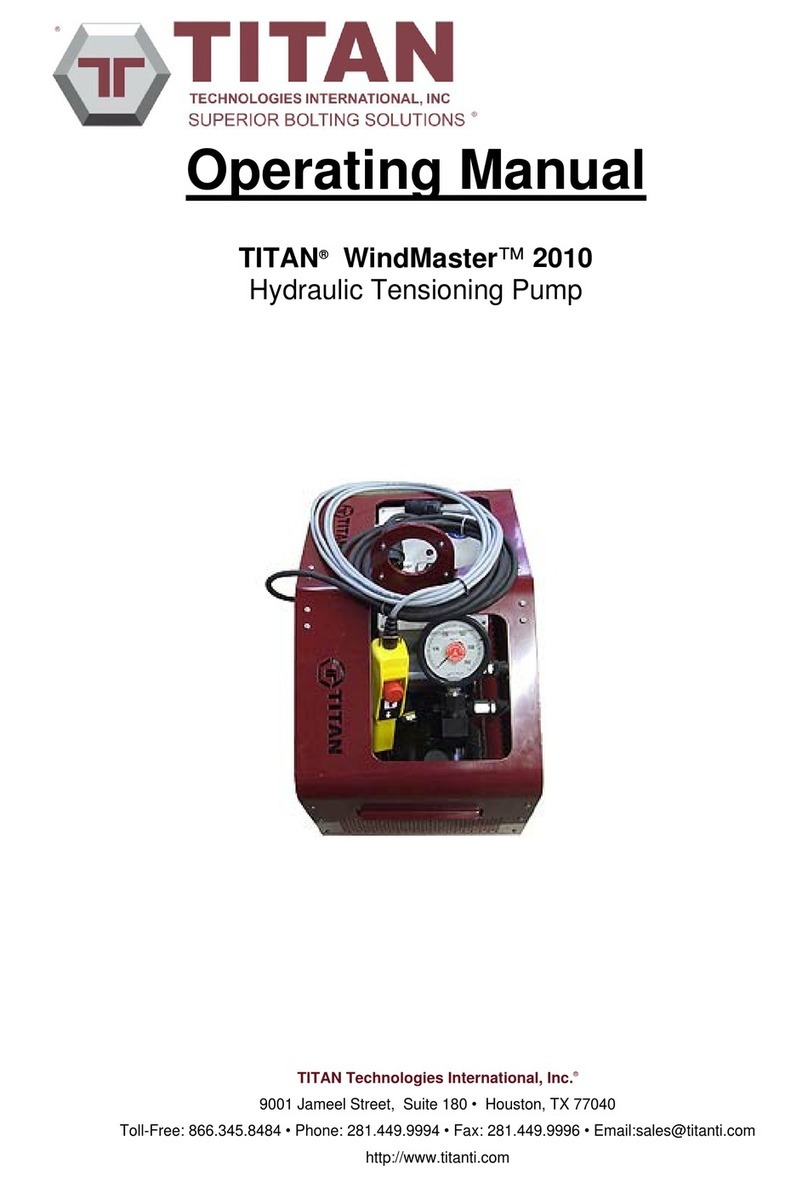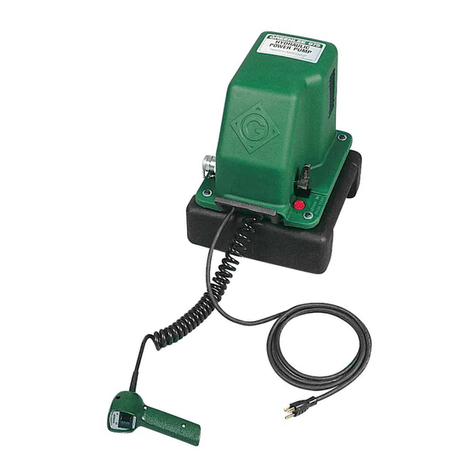
4
INSTALLATION TIPS
• Wrap all threaded male pipe ends and ttings with
PTFE tape. This will ensure a good seal around all
pipe connections.
• PVC Pipe Connections: Use PVC pipe primer on
all glue joints before applying PVC cement. After
applying PVC cement to both surfaces to be
glued, connect pipe and tting, turn pipe one-
quarter turn and hold for 30 seconds. This will
ensure a positive cementing of all joints.
INSTALLATION
LOCATION OF PUMP
Decide on an area for the pump installation that
is suitable based on the enclosure rating of the
electric pump motor. All Turf Boss pumps are UL778
approved and will be marked “ACCEPTABLE FOR
OUTDOOR or INDOOR USE.”
• INDOOR PUMP INSTALLATION OPTION:
Choose a clean, well-ventilated, weatherproof location
that affords protection from freezing, ooding, and
excessive heat. In addition, it should provide access
for servicing and allow convenient draining of the
pump and service pipes. A prepared foundation is not
essential, provided the surface is hard and level. It
can be located in the basement or utility room of your
house, at the well or between the point of use and
the well.
• OUTDOOR PUMP INSTALLATION OPTION:
When installing outside of the house, the pump should
be protected by a pump house with auxiliary heat to
prevent possible freezing.
Choose a clean location best suited for the water
system. A prepared foundation is not essential,
provided the surface is hard and level. It should provide
access for servicing and allow convenient draining of
the pump and service pipes. When installing outside
of the house, the pump and piping system must
be drained completely of water to prevent possible
freezing when weather dictates.
Decide how to seal the well from surface contamination
as required by local authorities. The most common
device for this purpose is the SANITARY WELL SEAL.
If the pipes from the well have to be kept below the
frost line, either bury the wellhead or use a PITLESS
ADAPTER that leaves the wellhead exposed for
servicing while providing sealed openings in the well
casing below the frost line.
Following are three well and water source
applications for the Turf Boss sprinkler pump.
Wells may differ slightly but the application is
essentially the same.
Single Shallow Well (Figure 1)
The single shallow well is typically a drilled well with
a 4" or 6" steel or plastic casing running vertically
into the ground. The surface of the water should not
exceed 25 feet in depth.
Connect the foot valve to the rst length of
suction pipe and lower into well. Add pipe sections
as needed, securing them using one of the sealing
methods previously mentioned. The foot valve should
be AT LEAST ve feet below the surface of the water
to allow for water draw down.
Seal the top of the 4" or 6" well casing with a well
seal to prevent debris from falling into the well.
1-1/2" MINIMUM
RIDGED PVC PIPE
1-1/2" MINIMUM
PVC ADAPTER
1-1/2" MINIMUM
FOOT VALVE
1-1/2" PVC
ELBOW
WELL
SEAL
Figure 3
Figure 1
Multi-shallow Well Points (Figure 2)
The multi-point shallow well conguration consists of
two or more wells as a water supply. The wells should
be at least ve feet apart. The wells may be spaced
as a straight line (two or more wells), a triangle (three
wells), or a square (four wells).
Install a check valve or a ne screen well point
on each well to ensure the pump maintains prime.
The ow arrow on a check valve must point toward
the pump.

